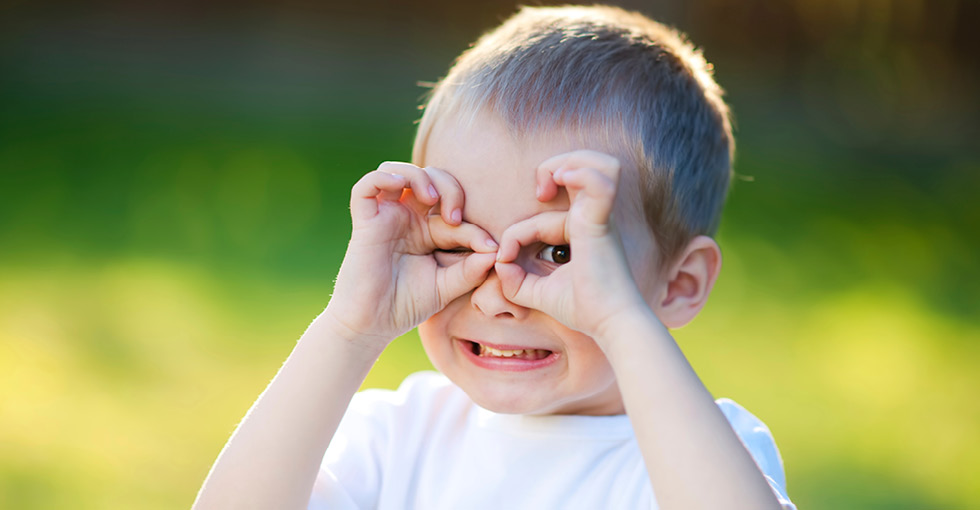Our development and learning significantly depend on how we are able to use our eyes and visual skills. Most of us take our vision for granted and don’t completely understand just how many visual skills we rely upon throughout the day. Visual acuity tends to be what is most often associated with visual ability, but our eyes are capable of much more than simply seeing clearly! The hierarchy of visual perceptual skills development pyramid created by Mary Warren, OTR/L, provides an understanding of our eyes’ full potential. Visual acuity is one of the foundational visual skills, but so are oculomotor control (moving one’s eyes while keeping the head still) and visual fields (seeing through the periphery of one’s vision, or through “the corner of one’s eye”, as well as straight ahead). Until those three skills have been developed, we are unable to progress onto higher level visual skills such as visual attention (maintaining visual focus on a fixed spot for a period of time) and visual scanning (using an organized search pattern, such as left to right and up todown, to visually search through the environment).

Other visual skills include visual discrimination (identifying visual differences between items), form constancy (recognizing that an image is the same even when presented upside down or rotated in a different direction), and figure ground (differentiating between an item and the background). For example, anytime you use your eyes to look through a full kitchen drawer for a particular item, you are using the skill of figure ground perception. Identifying the visual differences between a dime and a nickel is an example of the skill of visual discrimination. Occupational therapists can identify and address many of these visual skills!
–Haley – T4K OTR


